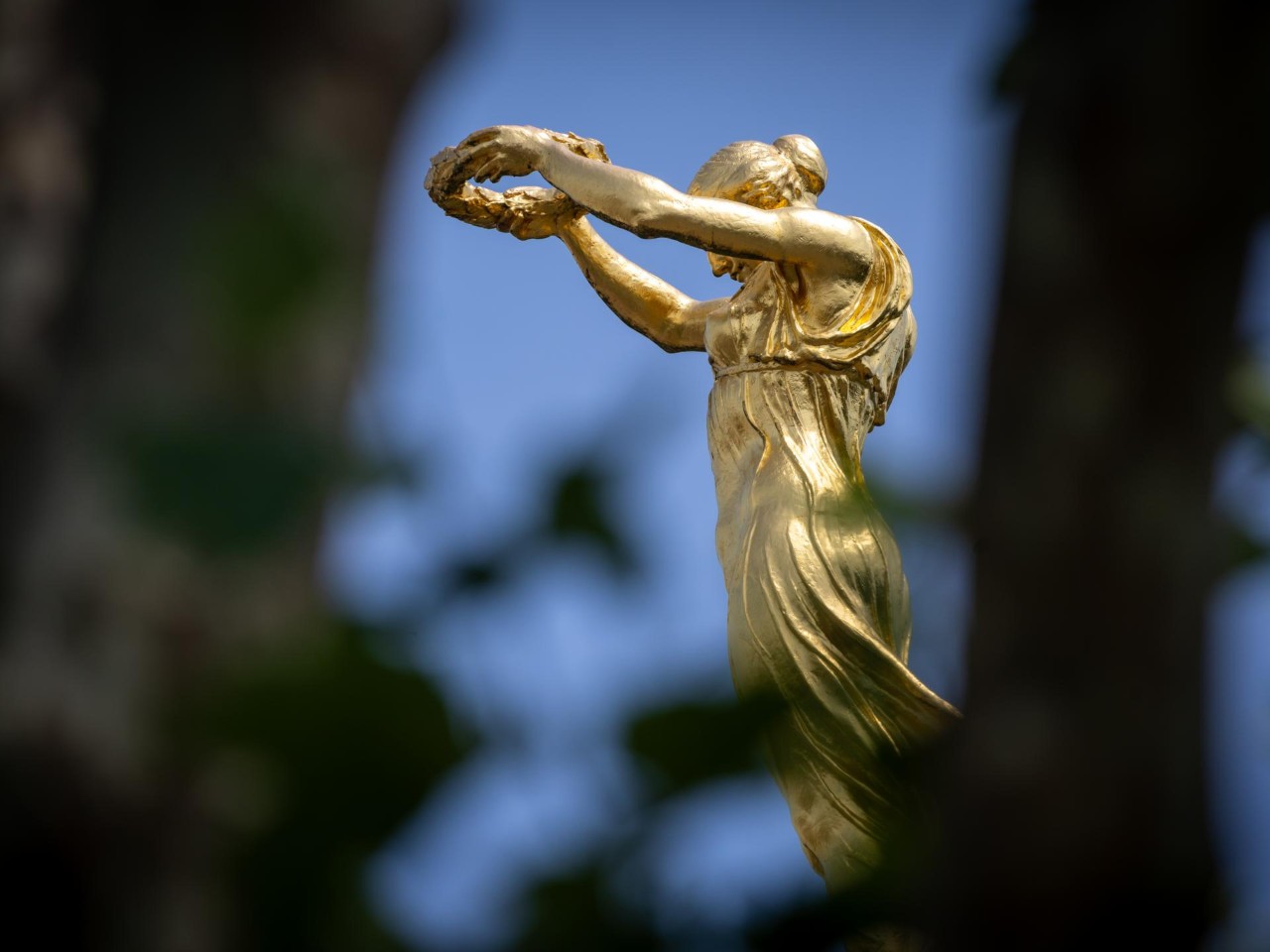Tribute to those who will never be forgotten

Every year in October, Luxembourg celebrates National Remembrance Day. It pays tribute to all those who lost their lives in the Second World War. But beyond that, it serves as a reminder of the struggle waged by the Luxembourgish people against German occupation between 1940 and 1945. However, this day is not the only one dedicated to the darkest chapter in Luxembourg's history. Throughout the year, numerous commemorative events take place across the country.
National Remembrance Day is certainly the most significant of the commemorative ceremonies, but it is not the only one to honour the memory of the past. There are no fewer than 25 national commemorative days related to the Second World War. They remind us of the importance of never forgetting the suffering endured by the people of Luxembourg. Some commemorations are linked to the Holocaust, others to the Resistance, the German invasion, General Strike Day, the Battle of the Bulge, or the liberation of the Grand Duchy.
American military cemetery in Hamm
Not far from the centre of Luxembourg, in the district of Hamm, lies the American Military Cemetery. Surrounded by trees and immaculately maintained lawns, it contains the remains of 5,076 American soldiers who fell during the Second World War, mainly during the Battle of the Bulge.
Their white crosses, lined up like an army at attention, form a semicircle around a memorial chapel, at the centre of which lies the grave of General George S. Patton. Wreaths are laid there each year during the Memorial Day ceremony, held in May.
National Remembrance Day
On National Remembrance Day, several ceremonies take place in the capital at the following places of remembrance:
- Luxembourg Solidarity National Monument (Kanounenhiwwel)
This iconic site pays tribute to deportees, forced labourers and, above all, to the resistance against the Nazis. The cobblestones leading to the chapel are reminiscent of concentration camps, and inside, the stones symbolise the victims. At the foot of the monument burns the eternal flame.
- Monument in Memory of the Victims of the Shoah (Kaddish)
Inaugurated in 2018 and created by Franco-Israeli sculptor Shelomo Selinger, it pays tribute to the 1,300 Luxembourgish Jewish victims who were deported during the Second World War to ghettos and concentration camps. This stone stele, bearing the name Kaddish, echoes the Jewish prayer for remembrance and peace.
- Memorial (Gëlle Fra)
Standing proudly atop its tall column, the Gëlle Fra attracts thousands of visitors each year. However, it represents much more than just a tourist attraction. It is a national symbol of remembrance for all victims of war and represents freedom, resistance and peace.
- Memorial to the Deportation in Luxembourg-Hollerich
While the Kaddish evokes the memory of Jewish victims, the Memorial to the Deportation commemorates all those who were exiled during the German occupation.
- National Monument to the Resistance and Deportation (Hinzerter Kräiz)
The Hinzert Cross is located in Hollerich at the Notre-Dame cemetery and pays tribute to the Luxembourg victims of the Hinzert concentration camp. The cross is made of wooden beams from the SS-Sonderlager Hinzert (Hunsrück).
Schumann's Eck Memorial
In the same spirit of remembrance, another site commemorates the fighting during the Battle of the Bulge in the winter of 1944–45: the Schuman's Eck Memorial. Once a strategic crossroads contested between Allied and German forces, the Schumann Corner now pays tribute to the soldiers and civilians who fell during the fierce fighting in the wooded hills of the Oesling region. It should be noted that Schumann’s Eck, located at the crossroads of Ettelbruck, Wiltz and Bastogne, is not a single monument but a collection of memorial sites scattered around the junction, including the National Liberation Memorial and its commemorative plaques, the Massegraf (mass grave), the ruined house and the Sentier de Mémoire 1944–1945 (Memory Trail 1944–1945).
National Memorial to the General Strike in Wiltz
In 1942, the town of Wiltz became the scene of a tragic chapter in Luxembourg's history: This is where the national general strike against compulsory military service in the Wehrmacht began. The strike quickly spread to other towns in the country, such as Schifflange, Differdange and Esch-sur-Alzette, much to the displeasure of the German occupiers, who retaliated by executing 21 Luxembourgers.
Today, a 23-metre-high monument in the shape of a lighthouse commemorates the victims of the general strike. Every year on 31 August, a commemorative ceremony is held in honour of the victims, whose names are engraved in the monument's crypt.
Monument to aviators in Maulusmühle
It is 21 March 1945. In the distance, we can hear the roar of a British aircraft, a Hudson FK803, flying over the forests of the Oesling. The twin-engine Royal Air Force aircraft battles through clouds and storm. After a futile struggle against the forces of nature, it crashes in the Maulusmühle forest. Six people perished in the flames of the explosion. According to some reports, the pilot was the sole survivor of the tragedy.
Today, the forest has reclaimed its rights, mosses and ferns have taken back possession of the area. Only the wreckage of the aircraft and its propellers on the ground serve as a reminder of the tragic event that took place there. The graves of the crew and a memorial stone bearing the names of the six men are located nearby. Every year, residents and veterans come here to pay their respects.
Last update

